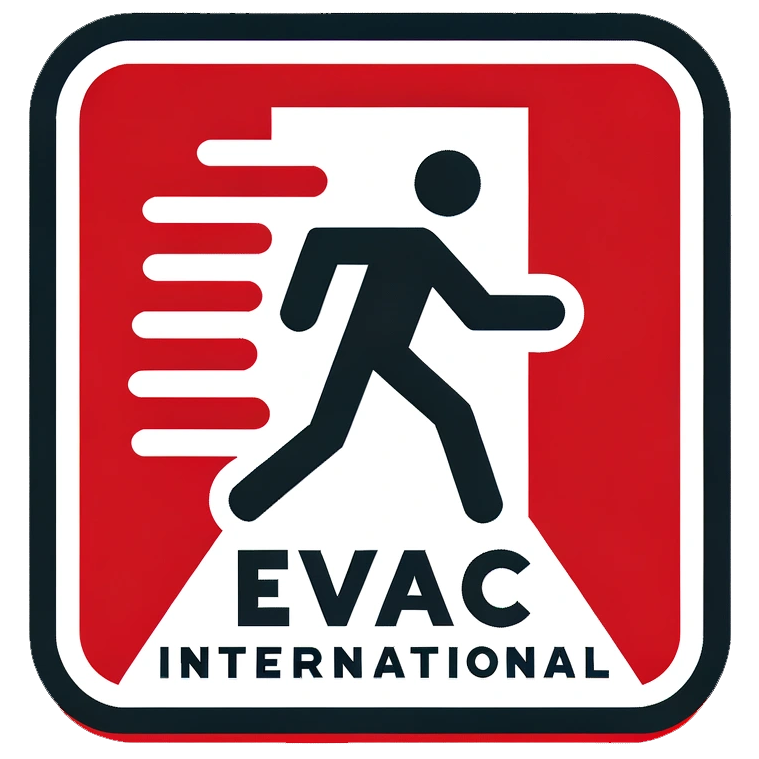In today’s world, with the ever-present threat of fires in public buildings and the need for swift and safe evacuation, the importance of having evacuation chairs cannot be overstated. As a fire safety and evacuation expert, I firmly believe that companies and public buildings must have these essential devices to ensure the safety and protection of the public in the event of an emergency.
Evacuation chairs, also known as evacuation transport chairs, are specially designed to assist people with mobility impairments in quickly and safely evacuating a building during an emergency. These devices are crucial for ensuring that everyone, including individuals with disabilities or limited mobility, can be efficiently and safely evacuated from a building in the event of a fire or other emergency situation. In this article, I will delve into the necessity of evacuation chairs in public buildings and discuss the benefits they offer in ensuring the safety and well-being of all individuals.
One of the primary reasons for the importance of evacuation chairs is the need to provide equal access and protection for all individuals, regardless of their mobility limitations. In the event of an emergency, traditional evacuation methods may not be suitable or feasible for individuals with disabilities or those who have difficulty navigating stairs. Evacuation chairs provide a practical solution for ensuring that these individuals can be safely and quickly evacuated from a building without relying on assistance from others or facing unnecessary risks.
Additionally, evacuation chairs can greatly aid in the efficiency of evacuation procedures, which is critical in emergency situations. Time is of the essence when it comes to evacuating a building during a fire, and having the appropriate tools and equipment in place can make all the difference in ensuring a swift and orderly evacuation. With the use of evacuation chairs, individuals with mobility impairments can be safely transported down staircases and out of the building, significantly reducing the risk of injury or harm during the evacuation process.
Furthermore, the presence of evacuation chairs in public buildings demonstrates a commitment to inclusivity and accessibility. By ensuring that individuals with disabilities or limited mobility have access to the same level of safety and protection as others, businesses and organizations send a powerful message about their dedication to creating an environment that prioritizes the well-being of all individuals. This not only enhances the overall safety culture within the building but also fosters a sense of trust and confidence among employees, customers, and visitors.
From a legal and regulatory standpoint, the implementation of evacuation chairs in public buildings also aligns with established standards and requirements for ensuring the safety and accessibility of individuals with disabilities. Many jurisdictions and governing bodies have specific regulations and guidelines that address the evacuation needs of individuals with disabilities, and the provision of evacuation chairs is often a key component of compliance with these mandates. By adhering to these standards, businesses and organizations can avoid potential legal and financial consequences while simultaneously upholding their duty to protect the public.
In addition to compliance with regulations, the use of evacuation chairs can also have a positive impact on the reputation and image of businesses and organizations. Demonstrating a proactive approach to emergency preparedness and the safety of all individuals can enhance public perception and trust in the organization. By visibly showcasing a commitment to inclusivity and accessibility, companies can differentiate themselves as leaders in promoting a safe and supportive environment for everyone.
While the benefits of evacuation chairs are undeniable, it is essential for businesses and public buildings to carefully consider their specific needs and requirements when implementing these devices. Proper training for staff members on the correct usage of evacuation chairs, as well as regular maintenance and inspection of the equipment, are essential components of a comprehensive evacuation plan. Additionally, considering the unique layout and structure of the building, as well as the specific needs of individuals who may require assistance during an evacuation, is crucial for ensuring the effectiveness of evacuation chairs in emergency situations.
In conclusion, as a fire safety and evacuation expert, I firmly believe that the presence of evacuation chairs in public buildings is essential for protecting the safety and well-being of all individuals. These devices provide a practical and effective means of evacuating individuals with disabilities or limited mobility during emergency situations, ensuring that everyone has equal access to safety and protection. The implementation of evacuation chairs not only aligns with legal and regulatory requirements but also demonstrates a commitment to inclusivity, accessibility, and overall safety culture within the building. By recognizing the importance of evacuation chairs and integrating them into comprehensive emergency preparedness plans, businesses and public buildings can create a safer and more supportive environment for all individuals.

